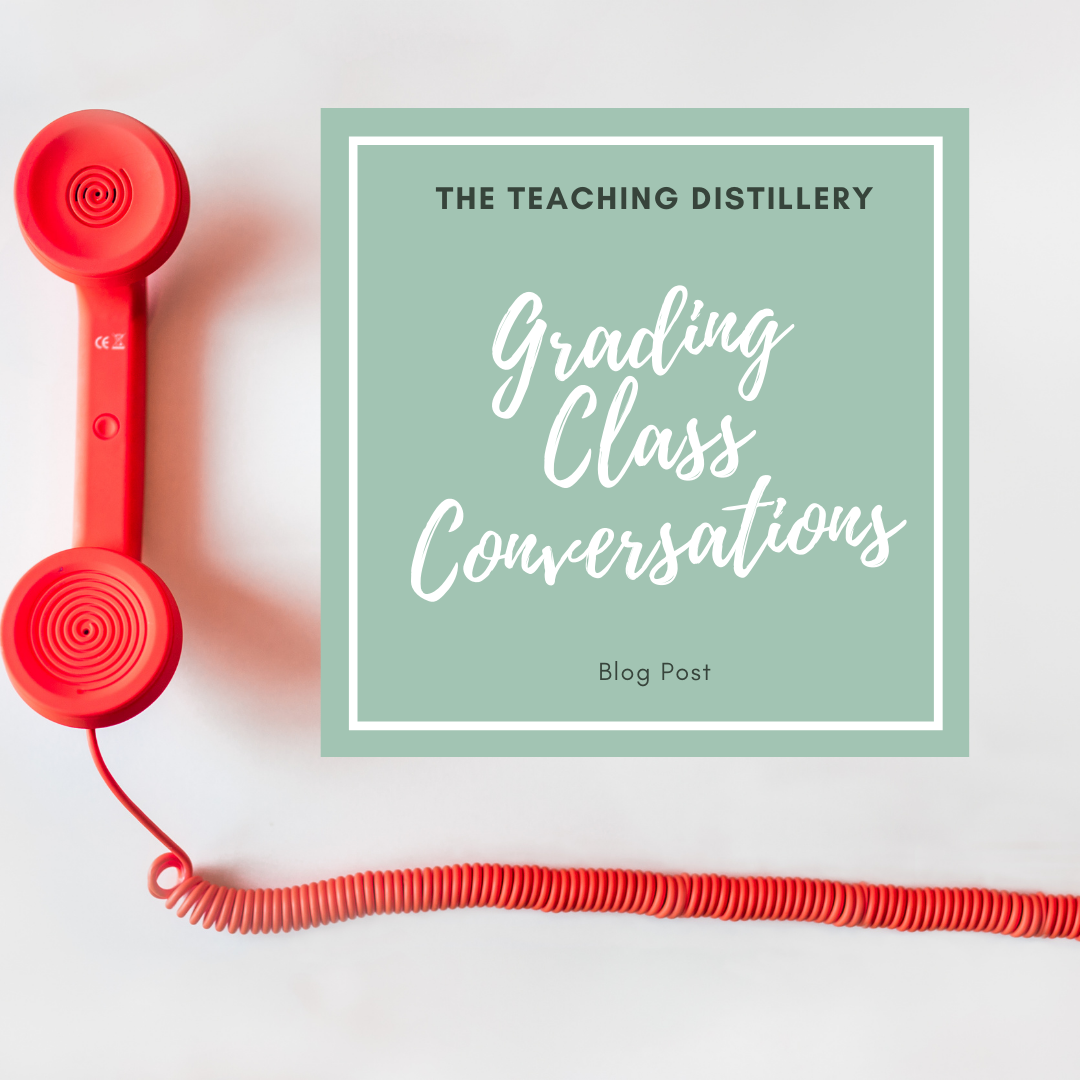Teacher friends, have you all heard about Parlay yet? We wrote about it in our blog post on How to Grade Class Discussions. If you are teaching in a remote or hybrid setting, this is definitely a website that you need to be checking out! Parlay is a discussion-based learning tool and global community of educators who are reimagining class discussions for the 21st Century.
Read MoreTrauma informed education should not just be one more thing added to our ever growing list of demands to our jobs. If it is just a checklist for educators, then trauma informed education can and will make the wounds of trauma even more pronounced and can blatantly ignore other types of trauma.
Read MoreWhile we can’t change the world overnight, there are some things that we can do to help make this time a little bit easier for our students. It is important to create a virtual or real classroom where students feel safe, have predictability, rituals and routines, and that remains a place of consistency. Here are some specific suggestions:
Read MoreI like to reflect on each passing year and look back on what happened and how I have grown or changed.
Read MoreThis is a LED light mask with three light settings.
Read MoreGrading class conversations can be a nightmare. I usually just avoid grading it, but I always have trouble getting everyone to participate and honor the community of classrooms. So here are a few ideas that I have come across to help alleviate these discussion grading dilemmas.
Read MoreWe all know that it is important to support small businesses, even more so now that we are in the middle of a pandemic. According to the site Jungle Scout, “Amazon earns $232.9 billion a year, that translates to: $19.4 billion per month. $4.5 billion per week. $638.1 million per day.” Meanwhile, small businesses are shuttering, the unemployment rate is climbing, and winter is coming.
Read MoreOne of the biggest challenges we have had to face when teaching remotely is how to assess our students’ independent reading. During a normal school year, we provide twenty minutes at the start of class each day for students to silently read. During that time we walk around and confer with each of our students independently. During our conferences, we discuss our students’ reading lives. We assess their reading habits and discuss reading strategies to help our students grow as readers. We also take that time to recommend new books (admittedly our favorite part).
Read MoreRemote, or distance learning has become our new normal here in Northern California. As we begin to navigate what this may look like for us going forward, we thought we would share some tips and tricks we have learned in the past few weeks to keep our students engaged and connected to the class, even from home.
Read MoreWhen women make more money, everyone in the society benefits because women are more likely than men to share their wealth with their family and community. Women need to be smart with what money we do get paid. Unfortunately, women also on average do not invest their money in the stock market. As a woman, one place that I invest my money is Ellevest.
Read MoreWhether we are teaching remotely or in the classroom, it is important to invite our students to create products like videos, podcasts, infographics, and other interactive media that showcase their writing in engaging ways and that can be shared with others. Empower your students to build visual literacy and engage your students in rich and authentic learning experiences that will help them in the real world. Here are some website ideas that help students to write for multiple purposes and audiences.
Read More









